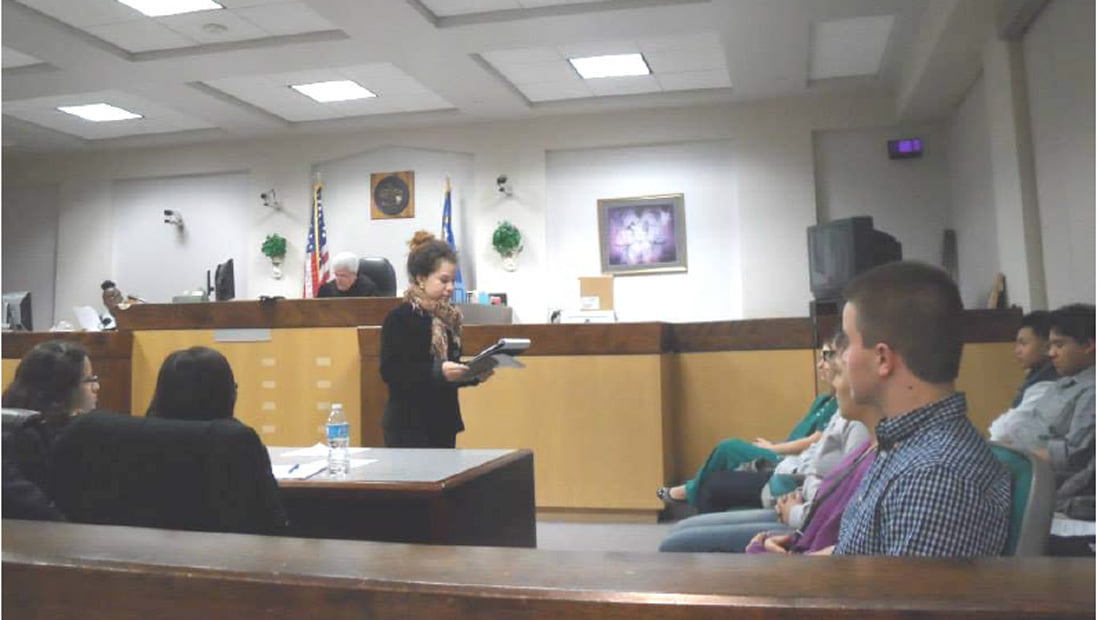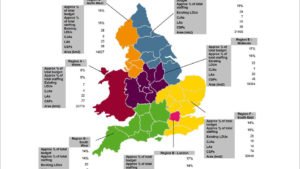Positive Peer Pressure
Hampshire Police Constable Mark Walsh is passionate about keeping young people out of trouble. Last year, he won a Winston Churchill fellowship to research peer courts and see if they would work in the UK. After a study trip to see peer courts operating in six US cities, he published his findings in a report earlier this week.
The report is well worth a read for anyone interested in young people’s offending or restorative justice.
[divider]
What is a peer court?
Peer Courts are basically community led, problem solving courts which are focused on young people. They provide disposals outside the criminal justice system for young people who have committed minor offences. They mainly work with first time offenders as a means to delay entry into the formal criminal justice system. If young people coming before the court carry out their alternative sentence successfully, both their offence and criminal record is officially expunged.
There are currently over 1,000 peer courts operating in the USA; there are different models with some prioritising diversion, others restorative work.
[divider]
Do peer courts work?
Despite the fact that Peer Courts have been running in the US  for almost 20 years, PC Walsh found that only a handful of evaluations had been done. However, where these have been undertaken (see the report for full details), results have been positive.
for almost 20 years, PC Walsh found that only a handful of evaluations had been done. However, where these have been undertaken (see the report for full details), results have been positive.
The majority of Peer Courts report high rate of compliance from young offenders and a positive impact on recidivism. Compliance rates frequently reach over 90% and reoffending rates of between 6% & 12% are recorded.
Young people who go before peer courts seem to view the process as fair and helpful. In a 2013 Maryland study, 86% said the court had been beneficial to them and 95% considered that their sanctions were fair.
[divider]
Would peer courts work in the UK?
One of the key reasons that peer courts have become so popular in the United States is that they are very cheap to run, an appearance before a Peer Court costs about one tenth of a regular court appearance.
This low cost means that the idea is potentially attractive to try out in the UK, especially given the increasing prominence that the MoJ has given to restorative justice.
It’s exciting to report that we may soon find out. PC Walsh is currently in the process of piloting a peer court in Hampshire. He started by consulting with young people about how a court should work and the court will be known as the Hampshire Community Court.
You can see the information video about the court which was made with local young people below:
You can keep up with developments on Twitter by following PC Walsh himself @HantsPCMark
The peer court also has its own Twitter account: @HantsCommCourt








